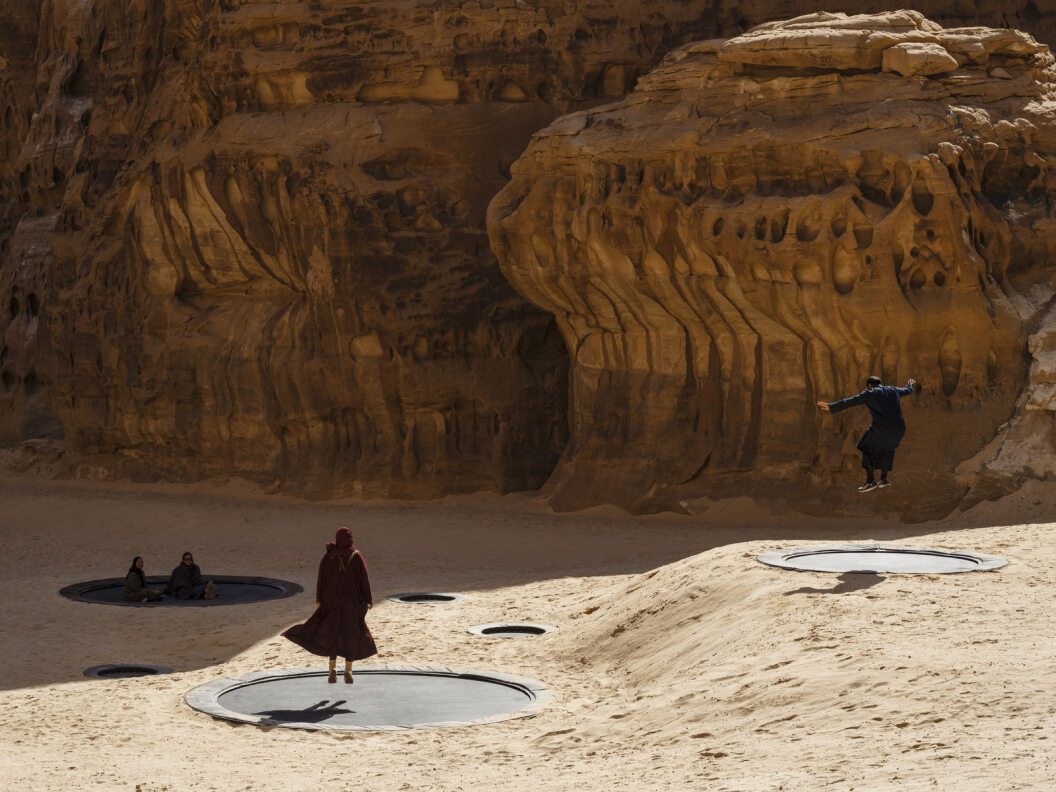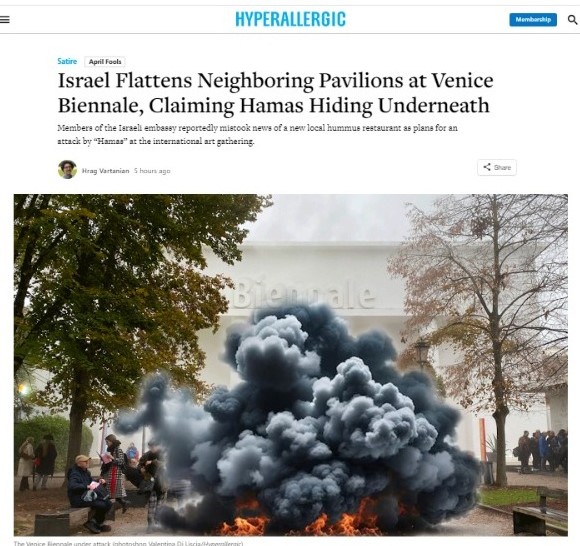מאחורי העיר שלומית פוגל | יהודה ארמוני
שלומית פוגל ויהודה ארמוני מהרהרים בעיר: העיר הספציפית רמלה, והעיר כמושג. בשני העשורים החולפים, בארץ ובעולם, ערים פיתחו תודעה וגאווה חדשה כמרכזי תרבות ולא פעם גם כמעוזי ליברליות וקידמה. הגורמים לפריחה האורבנית רבים, חברתיים וכלכליים, ולא פחות מכך, ככל שעולה המודעות לתחום, גם אקולוגיים. רמלה נמצאת בעיצומו של תהליך התחדשות עירונית נרחב. ב”מאחורי העיר” המבט מופנה להווה הנזיל, המשתנה במהירות, מתוך זיכרונות ועולמות אסוציאטיביים שונים.

Yehuda Armoni
New facing old, 2019
Charcoal and pencil on paper, 122 x 244 cm.
יהודה ארמוני
במשך מספר חודשים תר יהודה ארמוני את רמלה. לאורך שנים הכיר את העיר כשפקד אותה מדי פעם, אך בעת הכנת התערוכה התבונן בה. בצבעוניות המצומצמת של שחור ולבן הוא בונה דימויים סגורים, קטעי נוף עירוני. הפרויקט של ציור עיר, יחד עם הצבעוניות, מעלים על הדעת סדרות של תחריטים, ואח”כ צילומים של ארץ הקודש שעשו אמנים עולי רגל, בעיקר נוצרים ויהודים שביקשו להפיץ את המראות בקרב קהלים שנפשם כמהה לארץ רחוקה, לדימוי שבדרך כלל היה שונה במידה רבה מהמציאות. ארמוני יצר רמלה שכמו התעלתה על יום קטנות . אפילו “צפרדעי האשפה”, אותם מיכלי ענק עמוסי פסולת שהולכי רגל מנסים להימנע מללכת לידם, הופכים לעוד פרט מרוכך. מבנים שחלקם מתפורר כמו הסכינו עם מצבם והם חורבות רומנטיות. מדרגות חשופות, ללא מעקה, נדמות כמעלות המובילות להבטחה, ומונמנט היסטורי כמו המגדל הלבן חבוק בקווים הישרים כשהוא נראה מבעד לקיר זכוכית במתנ”ס.
רישום גדול מאד, “ישן מול חדש” (2019), מושך את תשומת הלב בכניסה לחלל. ארמוני רשם שורת מבנים הניצבים בסמוך למתחם המוזיאון, צריח המסגד מאחוריהם מצד אחד, ובצד השני, ברישום בקווים דקים, בניין קריית ממשלה – בניין שנבנה לפני שנים אחדות ומעוצב עם רמיזה למגדל הלבן שהוקם בעיר במאה ה-14. העבודה המנציחה את האזור שליד רחוב הרצל ערב השינוי שעומד להתחולל בו, מציגה אותו בשעה שנוכחות אנושית רק נרמזת: מכונית חונה, תילי אשפה, ושקט גדול משוך על סמלי הדת והשלטון וכל הכאוס העירוני שביניהם.

ציורי הנוף של ארמוני, מצוירים ברובם במסורת ה-En plein air, ציור שנעשה בטבע, בדרך כלל בביקור אחד במקום מסוים. הציורים מיער בן שמן, ענבה, תל חדיד ואתרים נוספים בשפלה חוקרים את המוכר, מפרקים לצורות וליחסים ביניהן, ומגלים את אותה שכבה שבה הנוף הופך כל פעם שער למסע פנימי.
שלומית פוגל : צל, אור ונופים מתפוררים
לנופים בעבודתה של שלומית פוגל אין אופק. רצועות שיכונים אופקיות וגדרות אנכיות, ממלאות את המסך בשתי העבודות. האדריכלות סוגרת, חוסמת, תוחמת תנועה וחלומות. הדמויות בעבודות מעטות – ילדים קטנים, קשיש ודמות מסתורית, ספק קוסם ספק פושע, החוצה גבולות וקירות, אך רק בתוך מבוך השיכונים.
האנימציה של פוגל מורכבת ועשויה בטכניקות של אנימציה קלאסית, סטופ מושן, העתקה של וידיאו לצילום ושימוש בציורים שלה, גזורים ומפורקים. הריבוי מהדהד את הפרגמנטריות, הטלאים שהיא מתארת: השיכונים של פוגל הם אתרי מרי מובס כנגד האחידות. שורשיה של החזרתיות, האיפיון המרכזי של בנייני הרכבת נעוצים בחיפוש אלגנטיות (אפשר לחשוב על יחידת מגורים Unité d’Habitation שתכנן לה-קורבוזיה במרסיי ב‑1947) שהפכה עד מהרה לדכאנית. פוגל מדגישה באנימציה סגירות של מרפסות רעועות, כבלי תקשורת פיראטיים, מזגנים כעורים, ריצופים שקרסו, גינות שיבשו ,התקוממויות קטנות, מחאות, שדעכו והותירו את הלאות המשוכה על גיבורי עבודות האנימציה.
ההשפעה של ויליאם קנטרידג’, מהאמנים הבינלאומיים המובילים בעשורים האחרונים, בולטת. קנטרידג’ השתמש באנימציה בעיסוק הנרחב שלו בגזענות ואפליה, בעיקר בהקשר הדרום אפריקאי, ובתהייה על האופי האנושי בכללותו. פוגל מספרת סיפור ישראלי של שיכונים ודייריהם שכמו נזנחו בצד הדרך להצלחה ונותרו חלשים, מוחלשים ומנותקים. בלי לרכך את הביקורת העולה מדיוקן העזובה, נמהלים בה חום אנושי, סלחנות ואולי געגוע.

ההצבה הסמוכה של הרישומים של ארמוני והאנימציה של פוגל יוצרת אפשרות להרהר על העבודה עם קו וכתם, תנועה ועצירה. באנימציה של פוגל וברישומים וציורי הטבע של ארמוני (כולם מאתרים בשפלה), העיר והשכונה מקבלות ממד נוסף. צעיף דקיק של אפשרויות נוספות, פואטיות שקטה, מבצבץ מהיומיום, משיכון אנונימי, מסימטה או משלולית בוץ.
אוצרת: ד”ר סמדר שפי
המרכז לאמנות עכשווית רמלה מתחם מוזיאון רמלה, רח’ הרצל 112, רמלה
שעות פתיחה א –ה 11:00 – 15:30 .בימי ו בתיאום מראש
דצמבר – שני סיורי עומק חד פעמיים עם ד”ר סמדר שפי SAVE THE DATE
PHOTO IS:RAEL פסטיבל הצילום הבינלאומי ה-7 2019 תל – אביב
יום שלישי, 3 דצמבר 2019, 20:00 – 17:30
הביאנלה הארצית השביעית לרישום רשמים VII – קו פעולה ירושלים
יום שישי, 6 דצמבר 2019, 10:00 – 13:00
לפרטים והרשמה שלחו הודעת וואטסאפ עם כתובת אימייל לסמדר 0507431106
Behind the City Shlomit Fogel | Yehuda Armoni
Shlomit Fogel and Yehuda Armoni contemplate the concept of “city” and the city of Ramla specifically. Over the past two decades, in Israel and throughout the world, cities have developed an awareness and new sense of pride as cultural centers, as well as frequently viewing themselves as strongholds of liberalism and progress. The numerous factors leading to the flourishing of urban centers are social, economic, and increasingly ecological. Ramla is in the midst of an extensive process of urban renewal. In “Behind the City,” the artists address the rapidly-changing present, based on memories and associations.
Yehuda Armoni has been rediscovering Ramla over a period of several months. Over the years, he visited the city from time to time, and became familiar with it, but while preparing for the exhibition, Armoni observed it more closely. Limiting himself to black and white, he constructs closed images of the urban landscape. The project brings to mind series of early engravings and photographs of the Holy Land made by pilgrims, mostly Christians and Jews, who sought to disseminate views to audiences who longed for the distant Land. Such images were often far removed from the reality. Armoni depicts a Ramla seeming to rise above the minutiae of everyday life. The huge garbage containers that pedestrians try to avoid have become one more toned-down detail. Partially crumbling structures seem to be romantic ruins, bare stairways without handrails like promising ascents, and an historical monument such as the White Tower is embraced by straight lines as seen through the glass wall of the community center.

The large-scale drawing New facing old (2019) draws visitors’ attention upon entering the gallery. Armoni drew the buildings adjacent to the Museum complex – the mosque tower behind it on one side, and the government building on the other. The latter, built a few years ago, pays homage to the city’s 14th century White Tower in its design. The drawing captures the Herzl Street area which is about to undergo complete change, depicting it with only hints of a human presence: a parked car, garbage heaps, and an overwhelming quiet drawn over the symbols of religion and government, with all of the urban chaos between them.
Armoni’s landscapes are in the plein air tradition, made outdoors, usually in a single session. The paintings from the Ben Shemen Forest, Anava, Tel Hadid and other sites in the Judean Lowlands study the familiar, deconstruct it into forms and interrelationships, and reveal in each picture the layer in which landscape becomes a gateway to an inner journey.
Shlomit Fogel | Shadow, light, and dissolving landscapes
The landscapes in Shlomit Fogel’s video works have no horizon. Strips of horizontal housing blocks and vertical fences fill the screen in both animation works. The architecture encloses, blocks and seals movement and dreams. The figures are few and far between – some young children, an elderly person, and a mysterious figure, perhaps a magician, perhaps a criminal trespassing, but only within the labyrinth of the blocks.
Fogel’s complex animation comprises classical technique, stop-motion, stills, and cut-outs from her deconstructed paintings. The multiplicity resonates fragmentary nature and the patches she depicts: the housing blocks are the sites of defeated rebellions against uniformity. The roots of repetitiveness, the major characteristic of the railroad flats, lie deep in the search for elegance, such as in Le Corbusier’s Unité d’Habitation designed for Marseille in 1947, that quickly turned into a depressing environment. Fogel’s animation emphasizes makeshift balcony enclosures, communication and pirate TV cables, misshaped air-conditioners, collapsed sidewalks, dried-up gardens, all small uprisings against an enforced aesthetic. This large group of protests died down, leaving scars in the urban landscape, and blanketing the protagonists in fatigue.
The influence of William Kentridge, one of the leading international artists of the past few decades, is clear. Kentridge employs animation to address racism and discrimination, especially in the context of South Africa, and in his contemplation of human nature in general. Fogel’s story is an Israeli narrative of mass housing and its residents who seem to have been abandoned by the wayside as others trod the road to success, leaving the weak and alienated behind. Without softening her critique arising from the portrait of abandonment, Fogel blends in human warmth, forgiveness, and, perhaps, yearning.
Installing Armoni’s drawings adjacent to Fogel’s videos provides the opportunity to think about line and stains, movement and the cessation of motion. In Fogel’s videos and Armoni’s nature studies (all from the Judean Foothills) the city and the neighborhood take on a new dimension. A thin veil of additional options, of quiet poetics, peeks through from the mundane, anonymous housing blocks, from a side street or a mud puddle.
Curator: Dr. Smadar Sheffi






